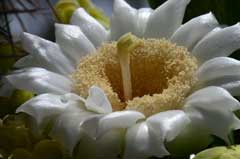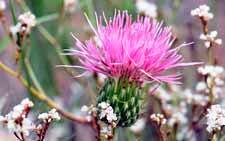Monolepis nuttalliana, Nuttall's Povertyweed
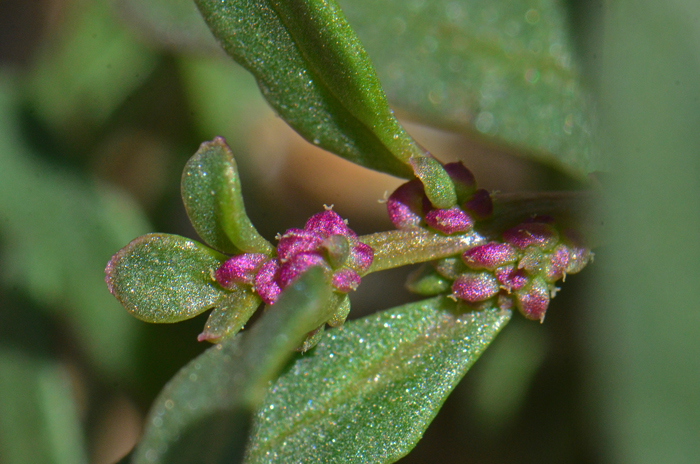

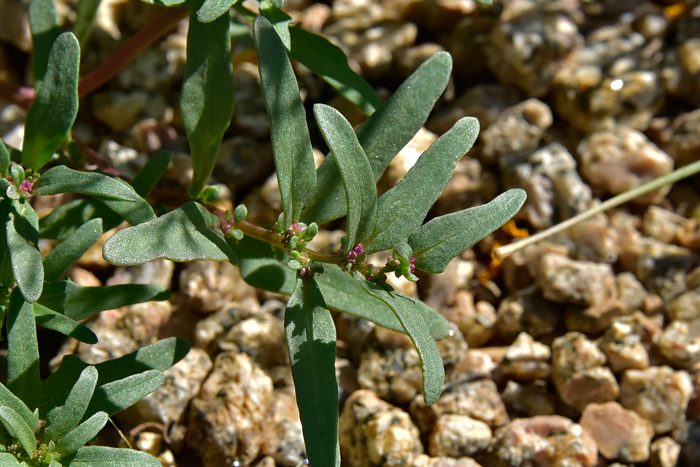
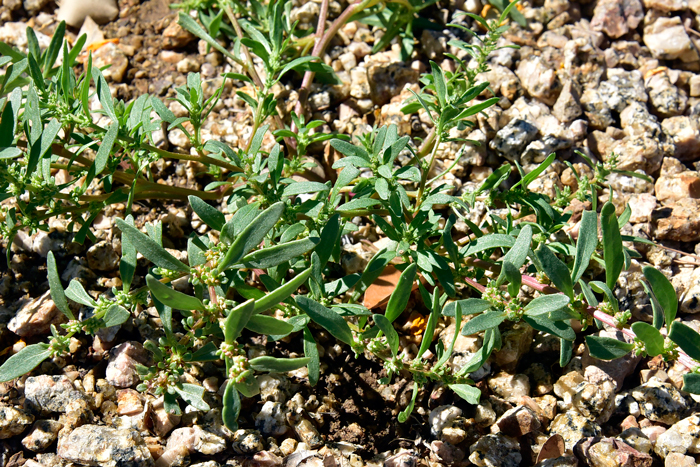
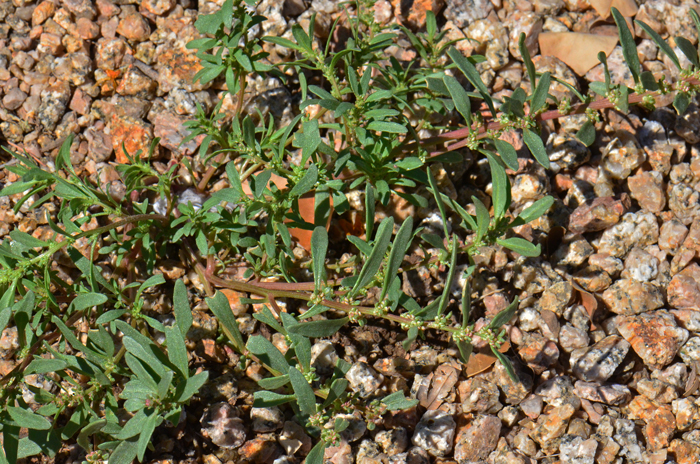
Scientific Name: Monolepis nuttalliana
Common Name: Nuttall's Povertyweed
Also Called: Monolepis, Nuttall Monolepis, Poverty Weed, Nuttall's Poverty Weed, Nuttall's Poverty-weed, Patata, Patota, Povertyweed, (Spanish: Patata)
Family: Chenopodiaceae, Goosefoot Family.
Synonyms: (Blitum nuttallianum)
Status: Native
Duration: Annual
Size: Up to 20 inches or so.
Growth Form: Forb/herb; plants slightly succulent; mostly glabrous, young plants powdery (farinose); stems prostrate to ascending.
Leaves: Green; leaves lanceolate, narrowly elliptic or linear; proximal leaves longest; distal leaves somewhat sessile; fleshy, lanceolate.
Flower Color: Inconspicuous, greenish; 5 to 15 flower clusters in leaf axils.
Flowering Season: January to April; April to August or September in California.
Elevation: 3,000 feet or lower; much higher (9,000') elevations in California.
Habitat Preferences: Moist alkaline clay soils in disturbed areas; often in partial shade.
Recorded Range: Monolepis nuttalliana is found throughout most of North America.
North America & US County Distribution Map for Monolepis nuttalliana.
U.S. Weed Information: In North America Monolepis nuttalliana can be weedy or invasive according to the following authoritative sources: Weeds of Nebraska and the Great Plains. Plants included here may become weedy or invasive.
Invasive/Noxious Weed Information: No information available.
Wetland Indicator: In North America Monolepis nuttalliana has the following wetland designations: Alaska, FAC; Arid West, FAC; Atlantic and Gulf Coastal Plain, FACU; Eastern Mountains and Piedmont, UPL; Great Plains, FAC; Midwest, UPL; Northcentral & Northeast, UPL; Western Mountains, Valleys, and Coast, FAC.
FAC = Facultative, occur in wetlands and non-wetlands
FACU = Facultative Upland, usually occur in non-wetlands, but may occur in wetlands
UPL = Obligate Upland, almost never occur in wetlands.
Threatened/Endangered Information: No information available.
In the Southwestern United States: Arizona has 1 species of genus, California has 3 species, Nevada has 3 species, New Mexico has 1 species, Texas has 1 species, Utah has 2 species. All data is approximate and subject to taxonomic changes.
Comments: Although a native species across North America, Nuttall's Povertyweed is listed as a weedy or invasive in some locations.
Nuttall's Povertyweed is used for food and other purposes by southwestern United States indigenous peoples.
See complete listing of ethno-botanical uses at Native American Ethnobotany, University of Michigan, Dearborn.
